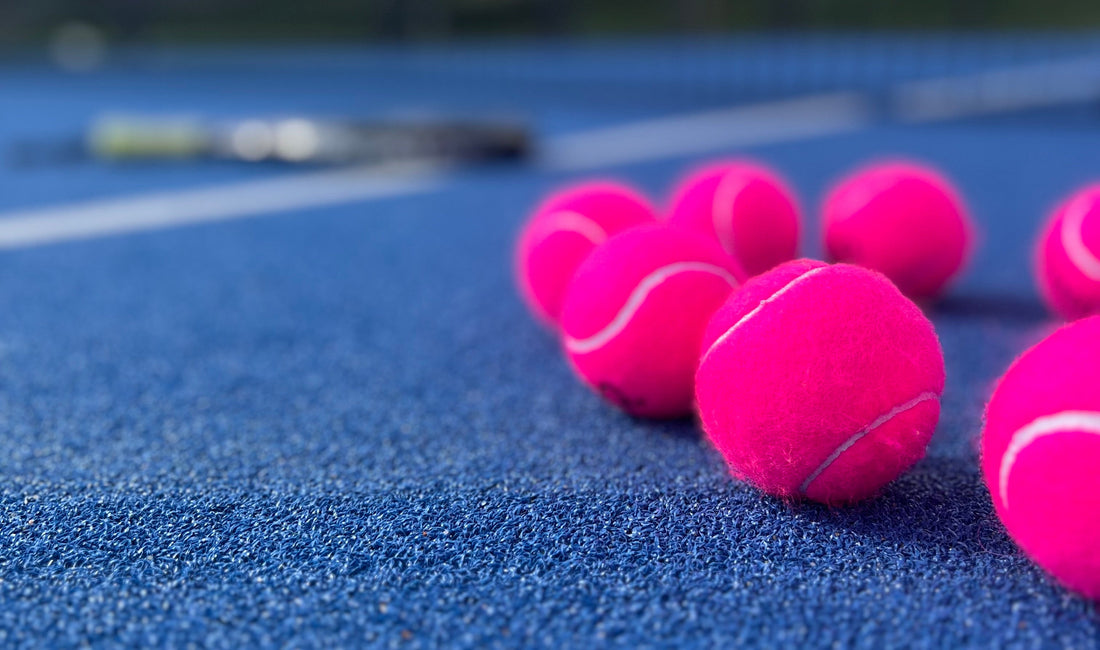
Padel Myths Debunked: Facts vs. Fiction
Share
Padel is growing rapidly in popularity, but with the rise of the sport, misconceptions and myths are also emerging. Some believe that padel balls are the same as tennis balls, while others assume it’s an "easy" sport. It’s time to separate fact from fiction and debunk some of the most common padel myths!
Myth 1: Padel is Just a Recreational Sport
Many people think padel is only a casual sport for relaxation, but that’s not true. Padel is played at both recreational and professional levels, with international competitions and high-level tournaments. The sport requires technique, strategy, and speed, making it a challenging and competitive game for both beginners and experienced players.
Want to experience a professional match? Check out the Dutch Padel Championships (NK Padel) from March 17–23 in Eindhoven!
Myth 2: Padel is an Easy Sport
Padel is accessible for beginners because it has a low entry barrier—it’s relatively easy to return a ball. The ball doesn’t move as fast as in tennis, and the surrounding walls sometimes offer an extra chance to keep the rally going. The underhand serve also makes serving and returning more approachable compared to tennis. But that doesn’t mean padel is an easy sport.
At a higher level, padel requires a mix of technique, tactical awareness, and quick reflexes. Players must learn how to use the walls strategically and position themselves optimally for effective play. Additionally, rallies become longer at higher levels, demanding more physical endurance. Just watch a professional match—it’s both exciting and impressive!
Myth 3: Padel is Only for Doubles
Many people assume that padel is only meant for doubles, but singles padel is also a popular and competitive variant. While doubles is the traditional format, singles offers a completely different dynamic and challenge. In singles, it’s all about individual strategy, positioning, and controlling the pace of the game. It requires not only technical skill but also endurance and mental sharpness. The idea that padel is only for doubles doesn’t do justice to the sport’s versatility.
Myth 4: You Need a Tennis Background to Be Good at Padel
Many believe that having a tennis background is necessary to excel at padel, but that’s not true. While certain skills—like ball control—can be helpful, padel differs greatly from tennis in terms of technique and strategy.
Beginners without a tennis background can learn just as quickly and may even have an advantage since they don’t have to unlearn tennis habits. For example, tennis players aren’t used to having walls around them, so they often instinctively hit the ball back directly instead of using the walls. Breaking this habit can be difficult for experienced tennis players. So if you don’t have a tennis background—don’t worry!
Myth 5: Padel Balls Are the Same as Tennis Balls
At first glance, padel balls look very similar to tennis balls, but there are key differences. Padel balls have a slightly smaller diameter and lower internal pressure than tennis balls. As a result, they bounce less and are better suited to the pace and dynamics of padel. Using tennis balls in padel would make the game harder to control and less predictable. Did you know that hitting too hard with a tennis ball could even break your padel racket?
Conclusion
In this article, we’ve debunked some common myths about padel, but there are still plenty of misconceptions out there! Do you know a padel myth that needs to be busted? Let us know in the comments, and we might feature it in our next edition.
The more you play, the more you’ll discover which so-called "truths" on the court are actually fact or fiction. One thing is certain: padel is full of surprises!
Want to bring more style and color to your padel game? Stand out on the court with our pink padel balls!
